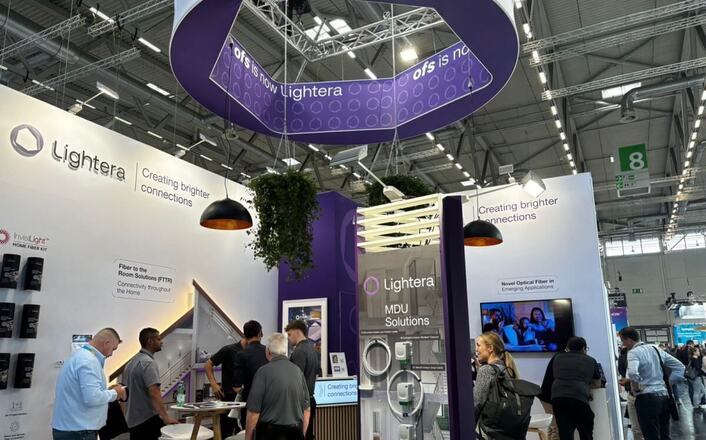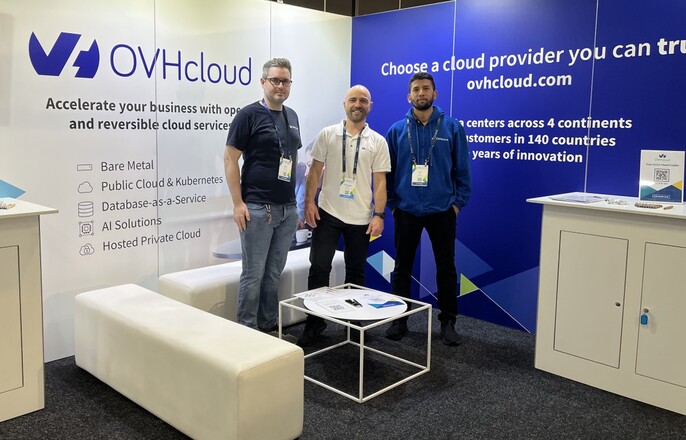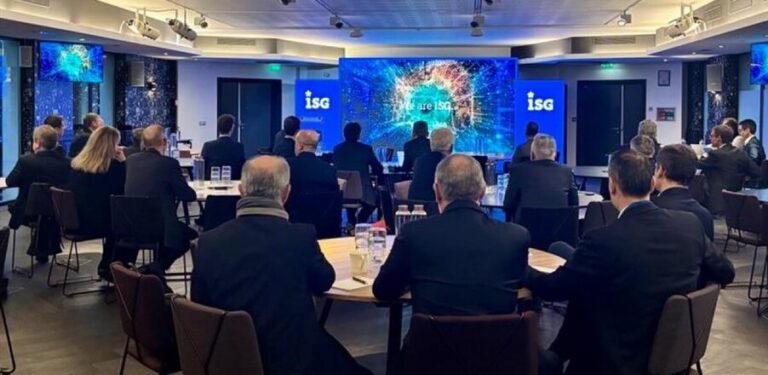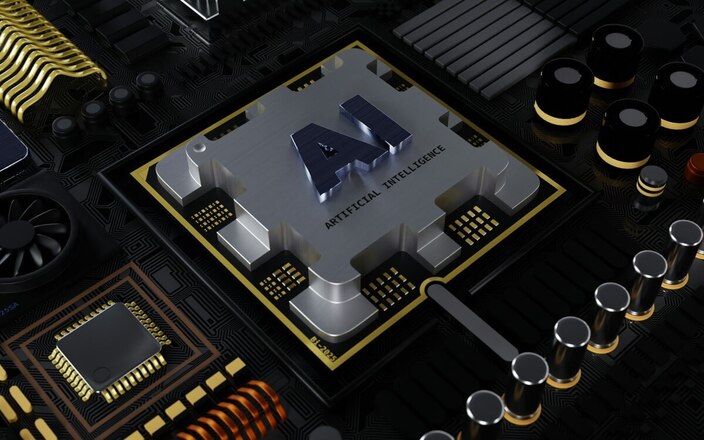
Scala Data Centers, the leading sustainable data center platform serving the hyperscale market in Latin America, has partnered with Lightera – the brand integrating Furukawa Electric’s global optical fiber operations – and Nokia to conduct Latin America’s first proof of concept (PoC) using hollow core fiber technology.
The trial marks a major milestone in data transmission innovation, showing measurable latency improvements that could redefine digital infrastructure performance across the region.
The test, carried out at Scala’s Tamboré campus in São Paulo, the largest data center complex in Latin America, demonstrated a latency reduction of roughly 32% compared with conventional optical fiber. By moving light through a hollow air core instead of solid glass, the test brought data transmission speeds closer to the theoretical physical limits of light – a feat with far-reaching implications for workloads that depend on ultra-low latency, from AI model training to financial trading.
“Innovation is in our DNA,” said Agostinho Villela, Chief Technology Officer at Scala Data Centers. “Enabling the first hollow core fiber test in the Americas reinforces Scala’s role as a cutting-edge platform for digital transformation and positions us at the frontier of what’s physically possible in digital performance.”
The collaboration brought together several industry leaders. Scala provided the test environment and data center infrastructure, Lightera supplied its AccuCore HCF hollow core fiber cable and connectivity system, and Nokia contributed its 1830 PSI-M optical transmission platform – a modular system optimized for data center interconnection, equipped with its latest PSE-6 photonic chipset for encryption and ultra-high-speed optical transmission. The installation was carried out by systems integrator MagicComp, with VIAVI Solutions providing its OneAdvisor 800 Transport testing equipment for optical validation at 10GE, 100GE, and 400GE rates.
“This is the most advanced optical technology available today,” said Helio José Durigan, Senior Vice President for LATAM and EMEA at Lightera. “Hollow core fiber enables near-maximum transmission speeds with lower latency and better energy efficiency. It’s as if São Paulo were digitally 32% closer to Vitória – a revolution for latency-sensitive workloads.”
Significant Latency Improvements
Unlike conventional optical fiber, which carries light through a solid silica medium, hollow core fiber guides photons through an air-filled channel. Because light moves faster through air than glass, this design reduces signal propagation delay and energy loss, making it ideal for high-frequency, real-time, and distributed computing environments.
The latency improvements demonstrated in Scala’s test could be particularly significant for machine learning model training, gaming networks, and high-speed financial systems – all of which rely on microsecond-level response times. Currently, the tested technology supports distances of roughly 1.5 to 2.5 kilometers, enabling faster data movement within large data centers or across a single campus. Over time, the companies aim to extend the operational range to metropolitan and long-haul connections, potentially transforming wide-area network performance.
“We are proud to see our 1830 platform successfully tested at the largest data center complex in Latin America,” said Felipe Leão, Head of Optical Networks for Latin America at Nokia. “This milestone demonstrates the importance of collaboration across the digital ecosystem and the need for transport networks capable of supporting next-generation AI workloads and future scalability.”
MagicComp CEO Werner Kuster Marques emphasized the engineering complexity involved in deploying the system. “The physical cable installation was a challenge we executed with precision, showcasing the trust that major players place in MagicComp and our role in building the critical infrastructures of the future,” he said.
The successful proof of concept positions Scala, Lightera, and Nokia at the forefront of next-generation optical networking. The partners are now exploring production-scale deployments focused on ultra-low latency and high data volume applications, aligned with Scala’s broader strategy to build AI-ready infrastructure optimized for high-performance computing.
Future deployments are expected to expand from intra-campus environments to inter-campus and metropolitan-scale links, establishing a foundation for the next wave of digital infrastructure across Latin America.





